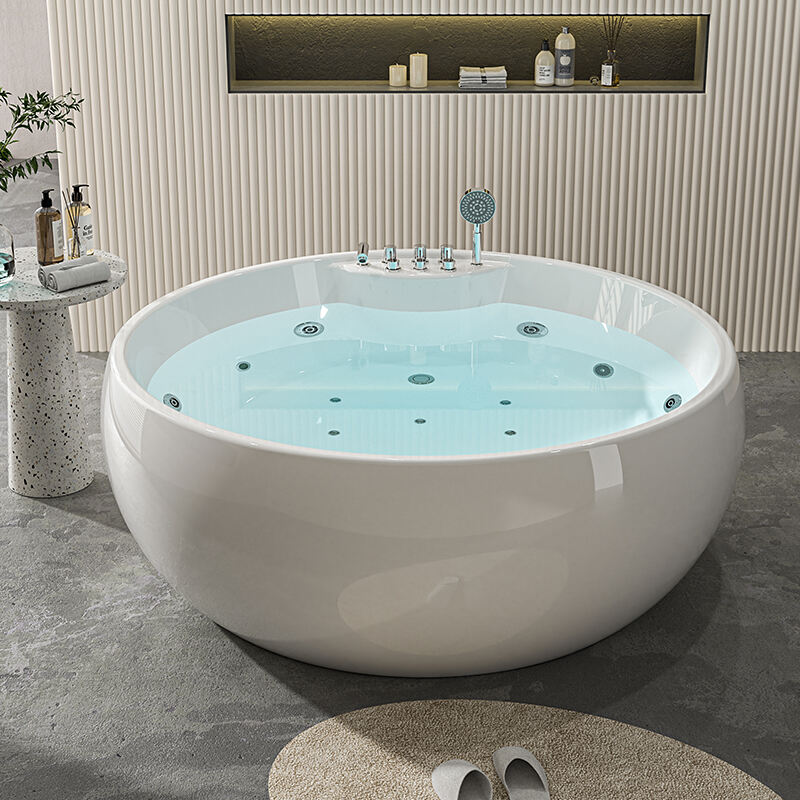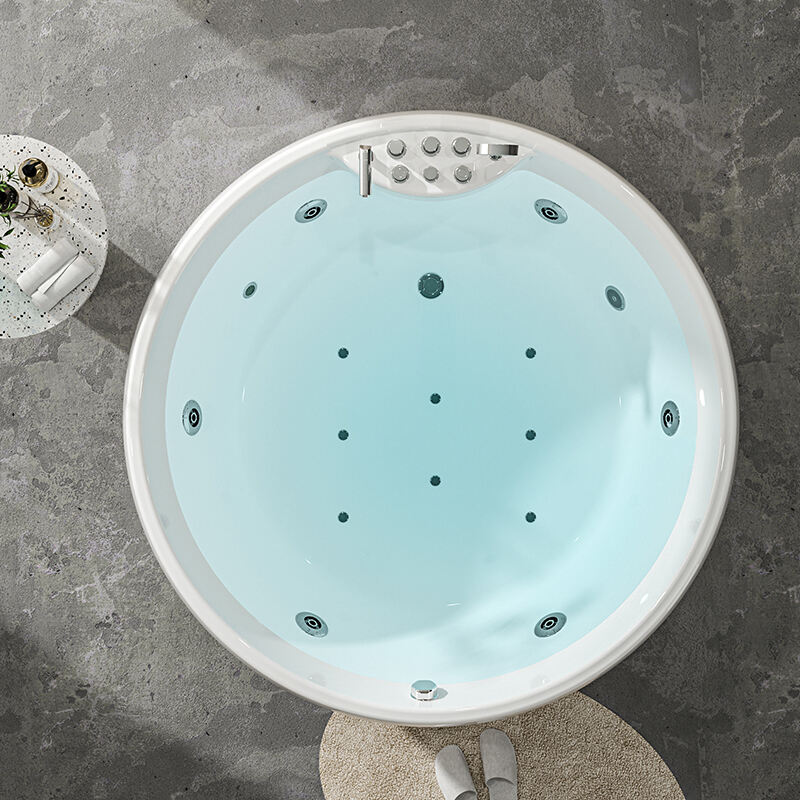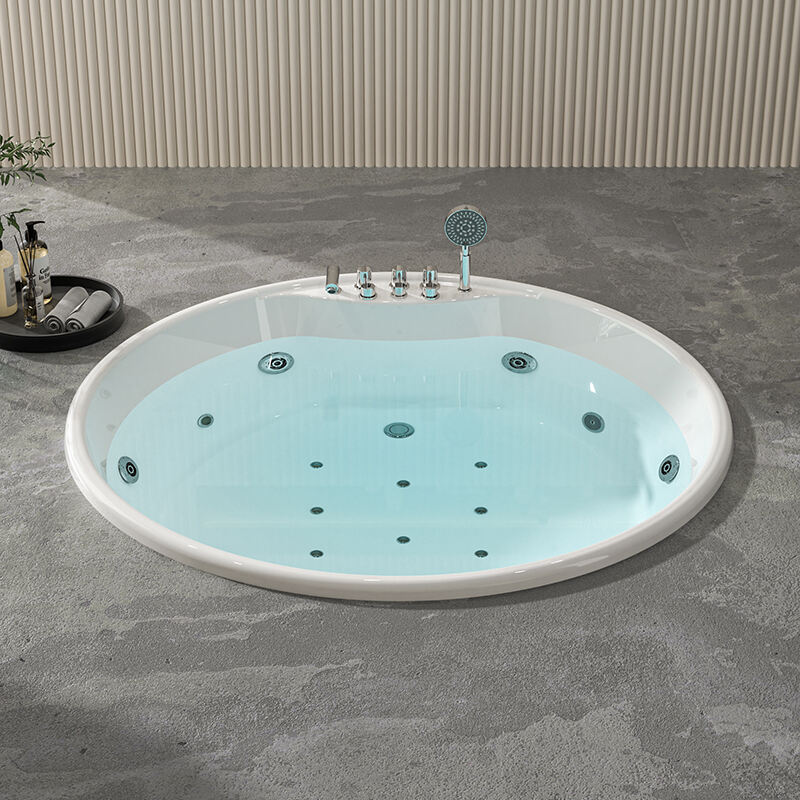tub acrylic
Kuupitsakrüül on revolutsiooniline materjal kaasaegsetes dušikambrisidest, mis ühendab püsivust äärmusega. See tööstuslik materjal koosneb mitmetest krüülilehedest, mida reindeleeritakse glasstellega, loodudes tugeva kuid kaheksa struktuuri, mis sobib täiuslikult dušikambrite tootmiseks. Pind omab kõrglausa lõngast, mis hoiab oma helgedust aastate jooksul kasutamist, vastupidav olema vähenedes, kraadides ja kollasesemisele. Krüüli mittetuhastav iseloom annab sellele alati vastupidavust nii punasele kui ka küpsetele, samal ajal takistades seepiimade ja mineraalide kogunemist. Täpsed tootmismeetodid tagavad tasakaalustatud paksuse ja struktuuri terviklikkuse kuupitsas, hoides temperatuuri kontrollitud tingimustel ning vältides nõrgusi või stressipunktide tekke. Materjali termilised omadused lubavad seda hoida veetempertuuri tõhusalt, vähendades vajadust sageli soomevee lisamiseks dušeerimise ajal. Kaasaegne krüülimaterjal sisaldab UV-vastaseid liite, mis tagavad pikaajalist värvi stabiilsust isegi naturaalvalgusega kontaktis. Materjali tootmise paindlikkus võimaldab erinevaid disainivariantid, klassikaliste kujundustest kaasaegseteni, samal ajal hoides kvaliteedi ja jõudluse standardid konstantsetena.


